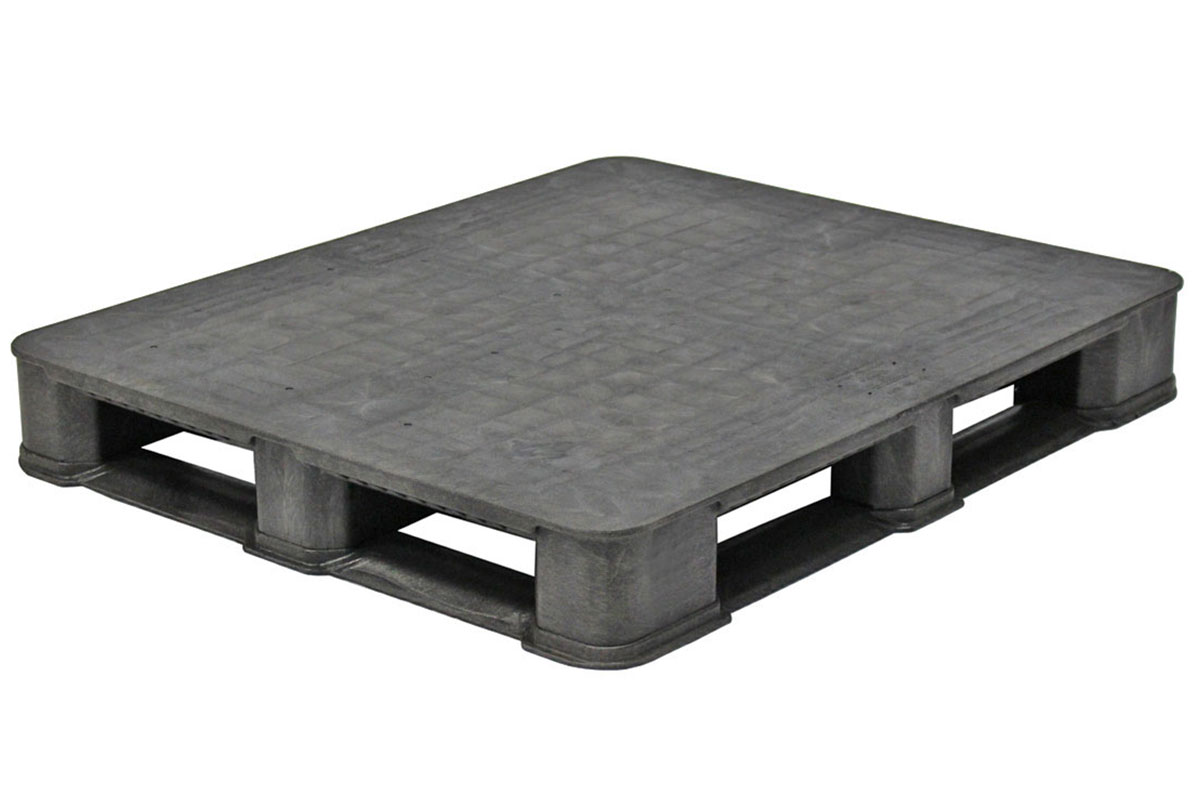How Pallet systems Improve Protection in Material Handling
In the rapidly evolving world of transportation and material handling, the significance of effective and safe transportation methods cannot be ignored. Pallets have emerged as a key component in this process, serving as the cornerstone for storing and moving goods across various industries. Their structure allows for efficient stacking, strength, and easy access, ensuring that products can be transported quickly and handled safely.
Safety is a primary concern in any warehouse or logistics environment, and the use of pallets significantly enhances this aspect. By providing a robust platform for goods, pallets help prevent damage during transport and reduce the chance of incidents associated with improper use. With the appropriate pallet management practices, organizations can not only improve the efficiency of their operations but also create a safer workplace for their staff.
Advantages of Utilizing Pallets
Pallets play a important role in enhancing safety during material handling by providing a stable and secure platform for goods. They allow for easier movement and transport, minimizing the chances of accidents that can occur when items are lifted by hand or piled in an unsafe manner. With pallets, workers can operate forklifts and pallet jacks to lift and move heavier loads without straining themselves, thus reducing the risk of injuries and fostering a more secure work environment.
In addition, using pallets contributes to better organization within storage facilities. Goods can be arranged vertically on pallets, maximizing floor space and allowing for effective use of storage areas. This organization helps in avoiding clutter, which can lead to hazards and hinder safe movement within the work area. By having a designated space for items on pallets, workers can quickly locate products, further decreasing the risk of accidents associated with looking for misplaced materials.
Moreover, pallets enhance the overall efficiency of the loading and unloading processes. Their standardized sizes facilitate fast handling and permit easier integration with various handling equipment. This effectiveness not only accelerates operations but also ensures that products are transported safely to their final location, lowering the chance of harm during transit. As a result, this effective handling promotes a more secure and more efficient workflow, aiding both workers and the overall supply chain.
Types of Pallets
Pallets come in come in various types, with each designed to fulfill unique needs in material handling and storage. The predominant types are wooden pallets, plastic pallets, and metal pallets. Timber pallets are widely used due to their robustness and economic advantage. They are strong enough to hold heavy loads and can be refurbished or renewed easily. Despite this, they may absorb moisture and are subject to vermin if not treated adequately.
Plastic pallets present a more easy-to-handle alternative that is immune to moisture, chemicals, and pests. This makes them suitable for industries such as pharmaceuticals and food processing, where hygiene is a crucial factor. Although they may be more expensive than lumber pallets, their longevity and reduced maintenance requirements often validate the first investment. Additionally, polymer pallets are simple to sanitize and can be recycled multiple times without decline.
Steel pallets, usually made of steel or metal, are designed for super heavy loads and harsh environments. pallets in tulsa are extremely durable and can tolerate rigorous handling and exposure to the elements. While they are the least typical type, their robustness makes them suitable for industries dealing with weighty equipment or bulky items. Metal pallets are also often used in environments requiring stringent safety standards due to their ability to manage significant weights without threat of failure.
Best Practices for Safe Pallet Handling
Effective training is crucial for employees handling pallets to promote safety during material handling processes. Employees should receive thoroughly detailed instruction on the methods to lift and move pallets properly, which includes methods for bending their knees and keeping their back straight. Using tools such as pallet jacks, forklifts, or dollies can help lessen body strain and diminish injury risks. Frequent refresher courses can ensure safety procedures top of mind in the minds of workers.

Pallets should be inspected regularly for wear and tear. Cracked, broken, or weakened pallets can pose grave hazards, leading to spills or injuries during transportation. It is crucial to remove any defective pallets from use immediately and replace them with durable alternatives. Additionally, properly placing pallets in designated areas can avoid overcrowding and promote a tidier workspace, diminishing risk of trips.
Load distribution is another important factor in safe pallet handling. When placing items on a pallet, ensure that mass is evenly distributed to maintain balance. Overpacking a pallet or stacking items too high can result in tipping or collapsing, presenting dangers to workers nearby. Employing straps or shrink wrap can hold loads during movement and storage, which enhances safety in material handling practices.